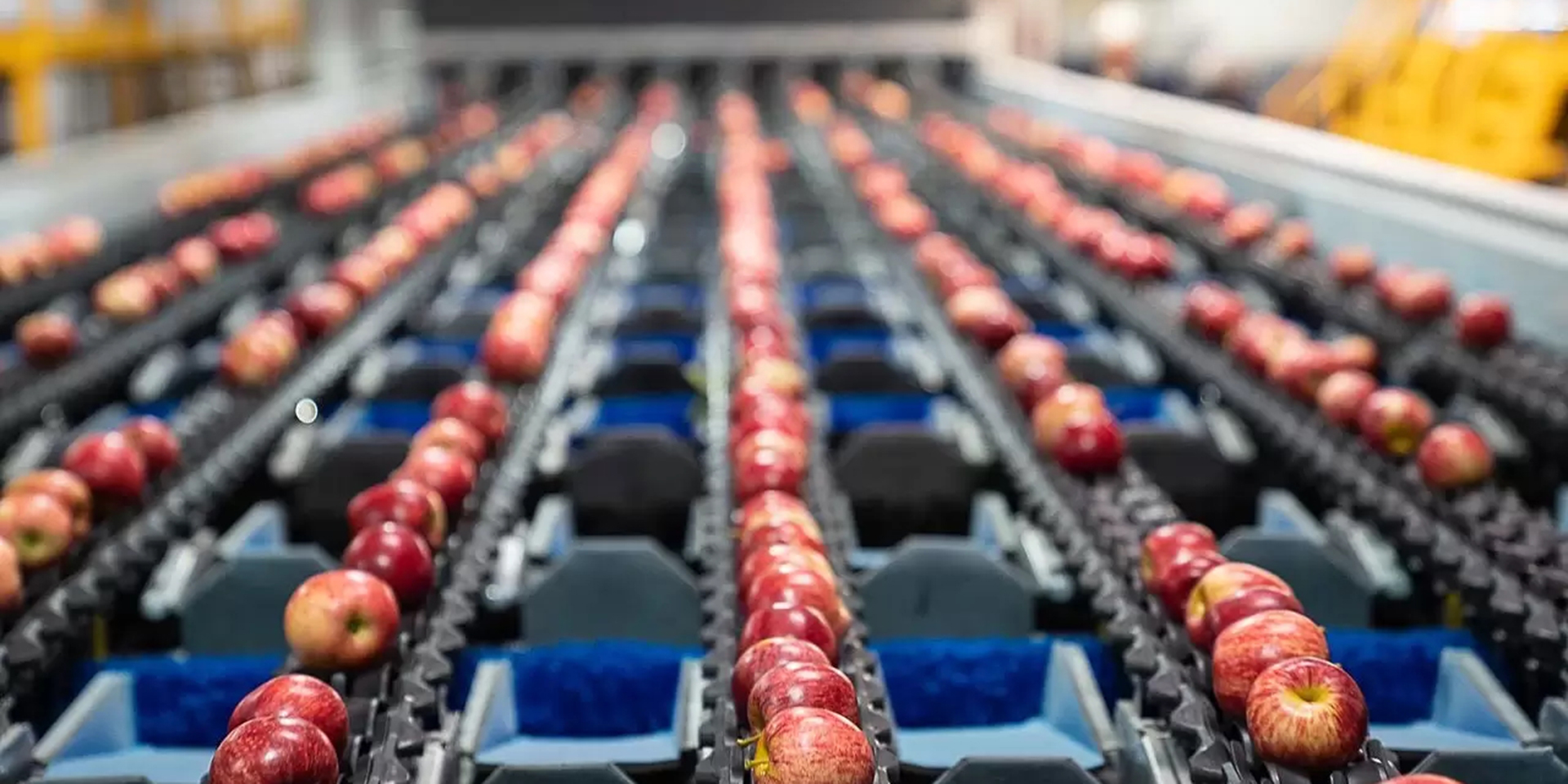Quality and Design
The aspect of quality in the food supply chain has come to dominate the field dealing with basic commodities relating to food. Nowadays it is essential to ensure the quality and safety of food, and these key factors are just as important for agri-food companies as the variety of their product range.
Italian consumers are increasingly attentive to the properties of food, 61.8% say they are well-informed about the properties of what they buy (Source: Censis-Coldiretti); the same attention is expressed by consumers in many parts of the world.
Along with the choice of higher-quality food, there is a decrease in the quantities purchased. This trend is consistent with attention to food waste by consumers who are actively attempting to reduce the amount of food thrown away. The quarantine imposed by Covid-19 has further underscored this point.
This attention to reducing waste can also be seen in production, where it is not only a necessity dictated by ethics but also, if not mainly, for reasons of efficiency. Multiple production engineering solutions exist.
Today, selecting and eliminating non-compliant products that could contaminate an entire batch is rendered possible by sophisticated systems. Of equal importantance is being able to separate different qualities of raw materials and employ them differently, and to ensure product traceability along the entire supply chain, from the harvest (or origin) to the sales outlet.




